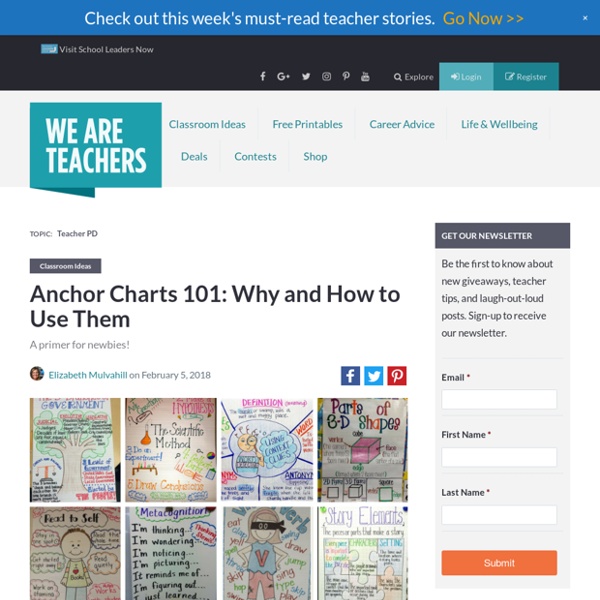Fiction and Non-Fiction Anchor Chart by The Book Fairy Goddess
Teaching the difference between Fiction books and Non-Fiction books is an important skill, especially in the younger grades. In the past, I’ve always created a poster on chart paper with the information along with the students. Sometimes, in my rush, my poster had mistakes or was not the neatest as I must have missed the day they handed out the “teacher handwriting gene”! That always bugged me, because I would refer back to the poster for several weeks. So I decided to create an anchor chart that I could BUILD with the students, but have the pieces already printed out, including cute graphics to help my kindergartners know what the words were. (I also missed the “being able to draw and have people recognize what it is” gene!)
Building A Culturally Responsive Classroom
Have you ever watched a movie with the sound off? If you were lucky, you could perhaps grasp the plot, but a lot of the details were lost so you probably didn’t enjoy or relate to the film as much as you could have if you had been able to hear it. Being in a classroom that does not take into consideration the various identities of its students means some students aren’t able to fully engage with the content even with the best teaching practices. This inability to fully engage hurts these students. When this happens, every student in the class loses out. Culturally responsive classrooms help all students because the practices of such a classroom expand all students’ views of the world and broaden their cultural understandings.
Reading. Writing. Thinking. Sharing. (From Karen)
How are you doing with teaching non-fiction, informational texts? Do you feel you have a good grasp on expository text structures? With the Common Core ELA standards, students are expected to be proficient in reading complex informational texts. State assessments are also becoming more non-fiction focused, to evaluate student abilities in navigating these complex texts. So what can we do to help our students meet these standards?
Two Common Misconceptions About Learning
It's another semester with a new group of students. This semester, I have a class of elementary education majors (using Physics and Everyday Thinking). In the course, students build basic physics ideas after collecting data from particular experiments. Overall, this is an awesome course.
edutopia (Christina Williams)
Begin With Guided Inquiry Teacher-guided inquiry can build background knowledge of the topic before letting students take the reins in developing their own inquiry. With guided inquiry: Teachers start with an overall guiding question.
10 Fun Alternatives to Think-Pair-Share
All learners need time to process new ideas and information. They especially need time to verbally make sense of and articulate their learning with a community of learners who are also engaged in the same experience and journey. In other words, kids need to talk!! Problem is, sometimes it’s hard to stay on subject without a little guidance.
RACE Writing Strategy Response Poster (Jill)
***Check out this product that includes MORE posters, bookmarks, and a writing response sheet for both RACE and RACES - only $2.00 more!***RACE and RACES BUNDLE This poster is a useful tool for students learning the RACE acronym for writing constructed responses and short answers. Why use RACE? Understanding (and memorizing!)
Why Kids Need More Talk Time in the Classroom
Sometimes, for the sake of classroom management, we spend so much time trying to manage noise level that we forget that talk time in the classroom is actually an important element of learning. In fact it’s really important. Here are four reasons why, followed by tips to make space for learning conversations in your classroom. 1. Talk time helps students process their learning. Thinking and talking about content helps students integrate information into personal knowledge.
Analyzing Firsthand and Secondhand Accounts (Ben)
Compare and contrast a firsthand and secondhand account of the same event or topic; describe the differences in focus and the information provided. I'm not going to lie. This was a scary standard for me to tackle. It's one of those that you Google, and almost nothing comes up. Sure, pulling out nonfiction resources is fairly simple if you have a great library, but not much exists to explicitly teach this skill. And this is a skill that needs explicit teaching!
Becoming the Math Teacher You Wish You'd Had
My girls started school yesterday. Fourth and second grade. No idea how that happened! Today, on the second day of school, each kid had her first day of math, which she spent taking a math test.



